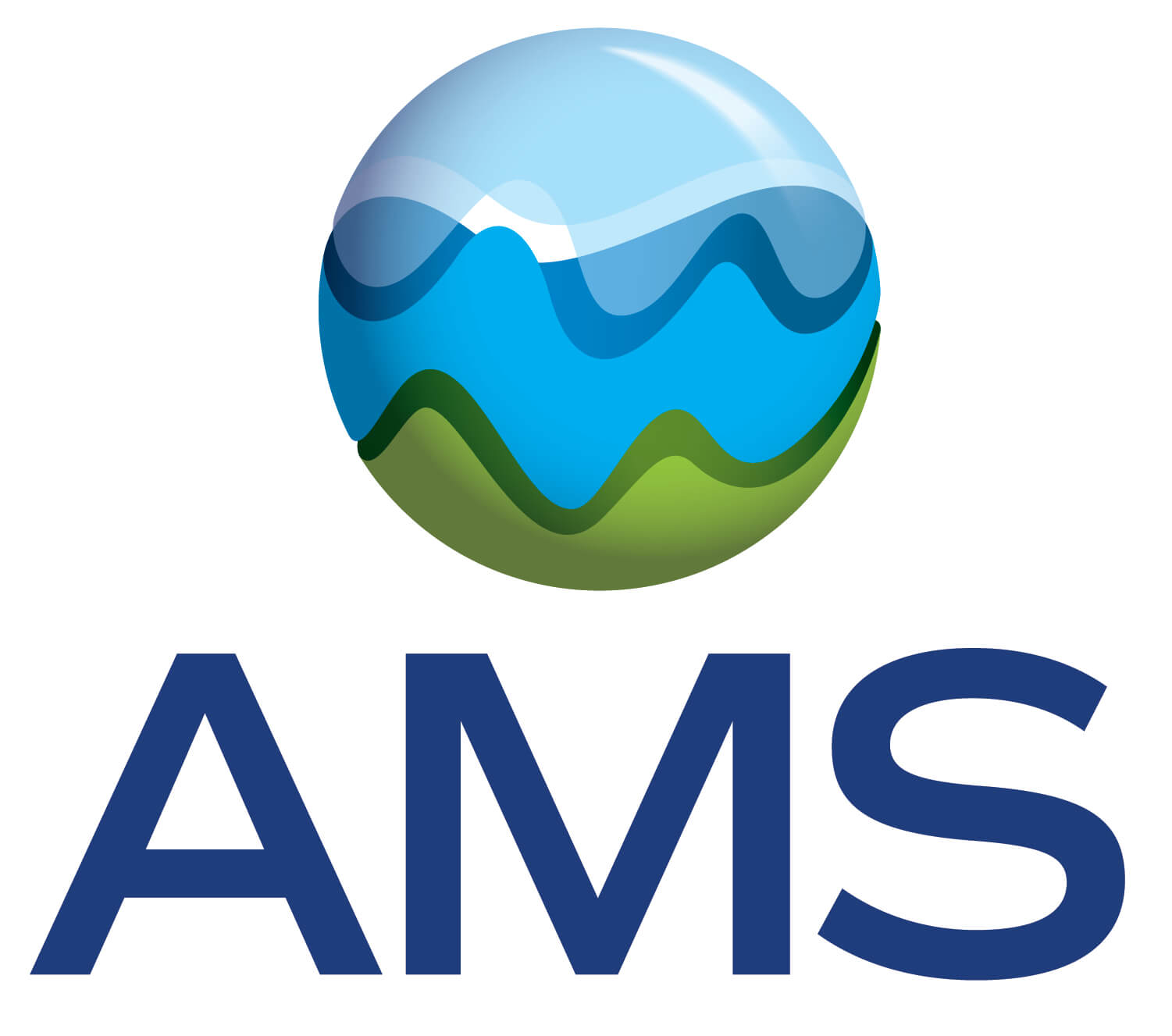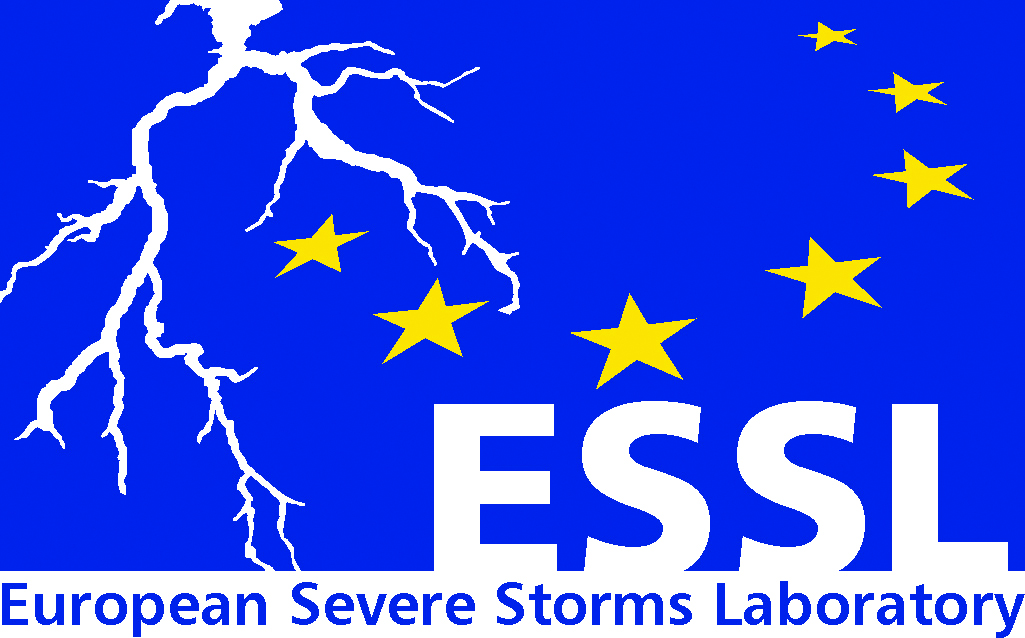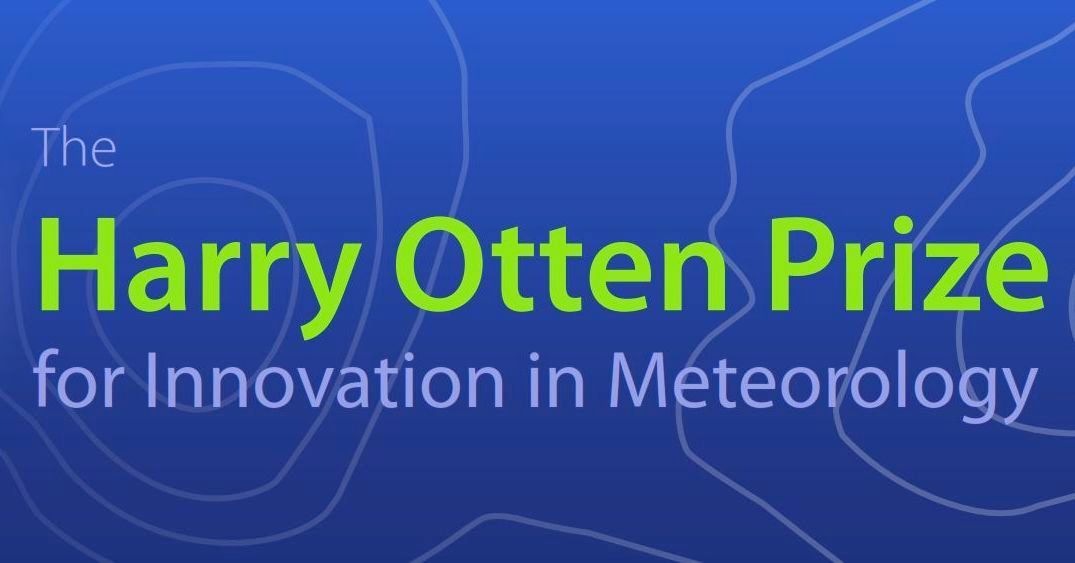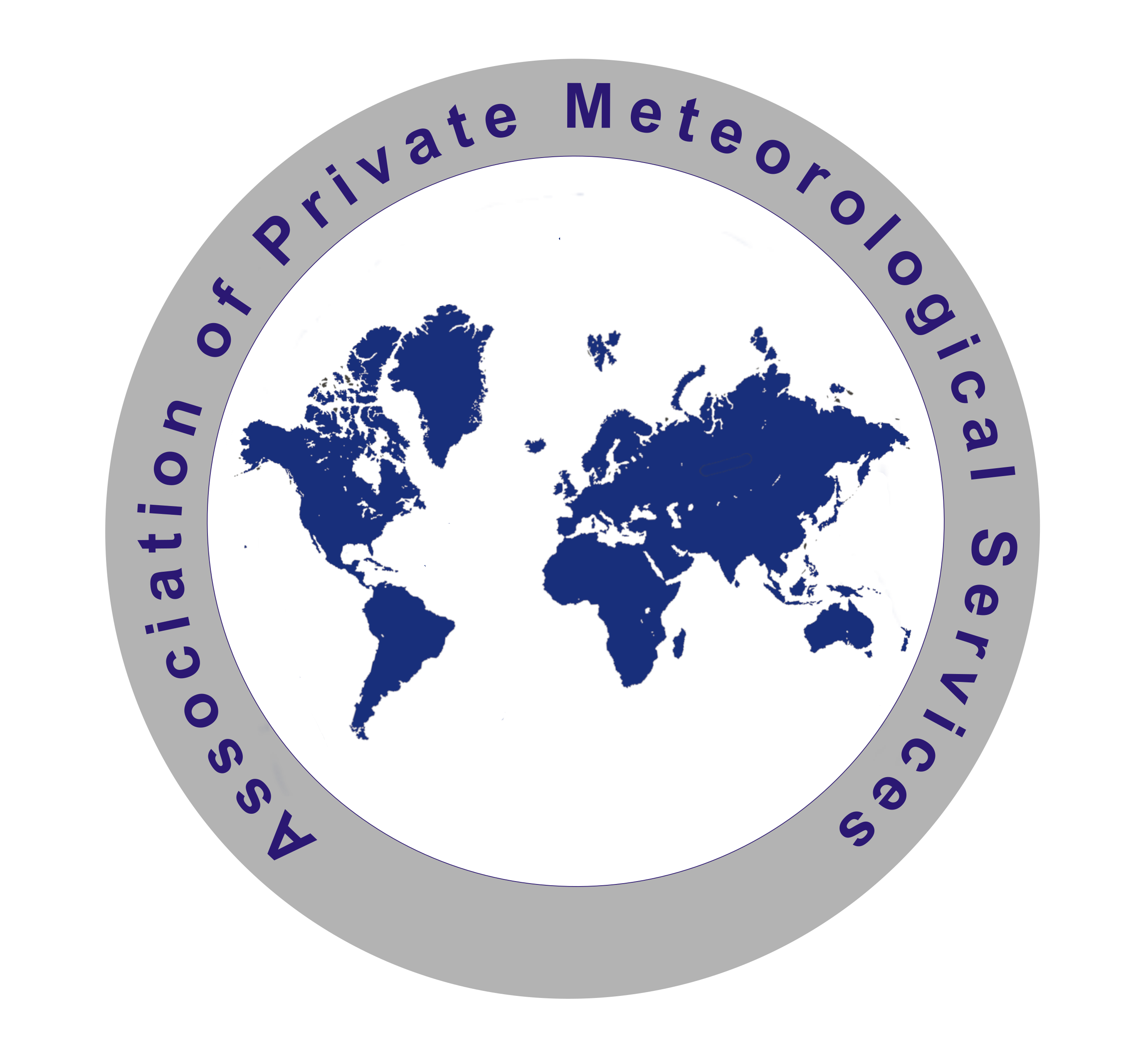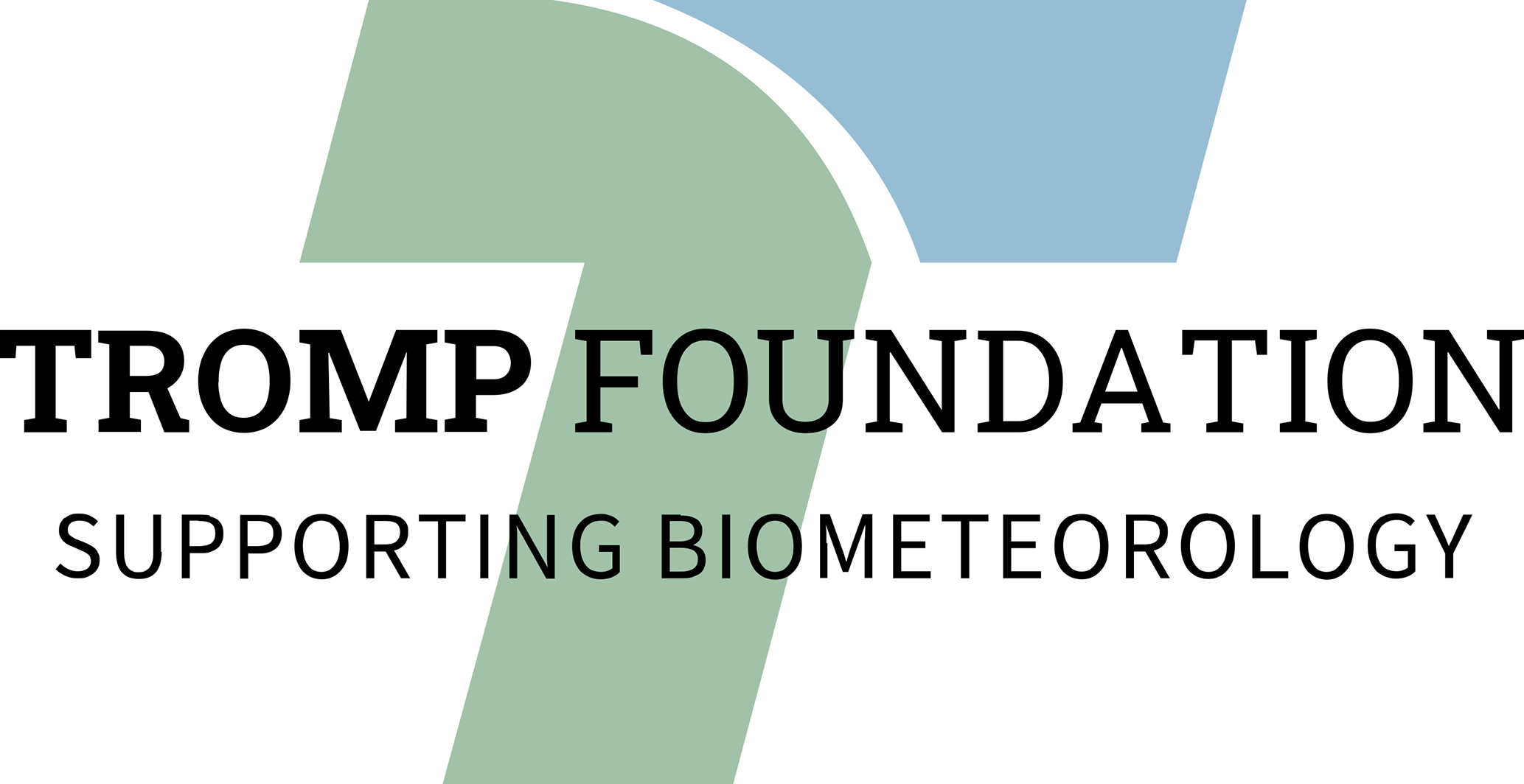- 1Universitat de Girona, Grup de Física Ambiental, Departament de Física, Girona, Catalonia, Spain;
- 2Karlsruhe Institute of Technology, Institute of Meteorology and Climate Research, Karlsruhe, Germany;
- 3Karlsruhe Institute of Technology, Institute of Photogrammetry and Remote Sensing, Karlsruhe, Germany;
- 4Universitat de Barcelona, Grup de Meteorologia, Departament de Física Aplicada, Barcelona, Catalonia, Spain.
The Cloud-Aerosol Transition Zone (TZ) corresponds to particle aggregates showing properties between that of cloud and clear air (though containing some aerosol load). Its potential impact on Earth's radiation budget is becoming increasingly recognized. Furthermore, its characterisation is also crucial to better understand aerosol-cloud interactions and improve satellite retrieval of aerosol properties. This study aims to evaluate the extent and vertical distribution of TZ aggregates for different cloud regimes using the cloud-aerosol discrimination (CAD) score of the Cloud-Aerosol Lidar with Orthogonal Polarization (CALIOP) instrument on the CALIPSO satellite. The CAD score classifies clouds and aerosols by the probability density functions of attenuated backscatter (AB), total colour ratio (TCR), volume depolarization ratio (VDR), altitude and latitude. The TZ has been assessed similarly to Fuchs and Cermak (2015), by quantifying the detected layers within the no-confidence range (NCR; CAD values between ─20 and 20) and applying several filters, such as analysing only tropospheric features and applying an IAB QA factor threshold (integrated attenuated backscatter quality-assured above a feature). As shown in previous literature, the AB-TCR and AB-VDR distributions of the detected features present an overlap between the characteristics of clouds and aerosols, and the CAD algorithm tends to classify uncertain features as clouds to avoid cloud contamination in aerosol profiles. This methodology has enabled us to identify the heights and regions where the TZ is most prevalent, as well as the vertical distribution of clouds and aerosols. For instance, we have observed that most NCR values are located near cloud edges, smoke plumes and dense dust. This result is based on the analysis of several retrievals within the same ground track across the southeastern Atlantic Ocean coast (the region with the highest NCR values) where stratocumulus, deep convective clouds, and high aerosol loads from biomass burning are prevalent. The vertical distribution analysis has revealed that there are more NCR detections at low altitudes (below 3 km) than over 6 km. On the other hand, in the horizontal direction most TZ aggregates are found within the first 15 km from the nearest high confidence cloud (CAD score over 70), with higher frequencies closer to the cloud.
Acknowledgements
This study has been funded through project NUBESOL-2 (PID2019-105901RB-I00) of the Spanish Ministry of Science and Innovation (MICINN). Jaume Ruiz de Morales is supported by an IFUdG-AE 2022 fellowship.
References
Fuchs, J., & Cermak, J. (2015). Where Aerosols become clouds - Potential for global analysis based on CALIPSO data. Rem. Sens., 7(4).
How to cite: Ruiz de Morales, J., Andersen, H., Calbó, J., Cermak, J., Fuchs, J., González, J. A., and Sola, Y.: Using CALIPSO to characterise the Cloud-Aerosol Transition Zone, EMS Annual Meeting 2024, Barcelona, Spain, 1–6 Sep 2024, EMS2024-680, https://doi.org/10.5194/ems2024-680, 2024.

